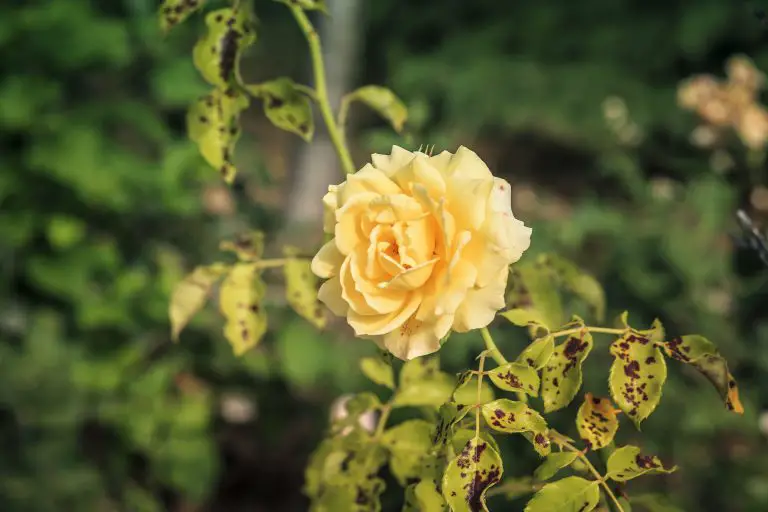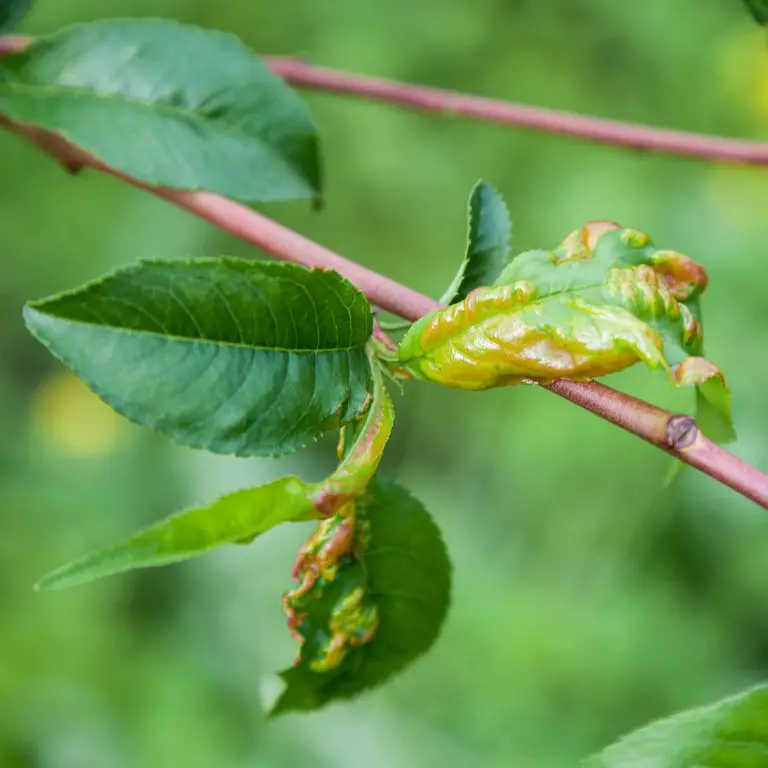9 Different Types of Plant Fungal Diseases
As an avid lover of gardening, there’s nothing I find more disappointing than a fungal disease attacking my plants. Whether you’re a gardening pro or are nurturing your very first plants, you can find your garden unexpectedly struck with illnesses. This devastating event can ruin your plants and put all your efforts to waste.
Many types of plant-fungal diseases attack various plants, flowers, fruits, and vegetables. Here’s how to spot some of the most common ones so you can tackle them before they do their worst.
Black Spot
Black spot is well-known to those who grow roses. Given the right conditions, it can be found on any plant with fleshy leaves and stems. Prime conditions for black spot fungus to develop are springtime temperatures in the sixties after your garden has been wet for more than six hours.
Signs and symptoms of black spots are black, brown, or gray spots forming on the leaves of your plant, which cause them to drop. The spots are always on the upper sides of leaves, not on the undersides.
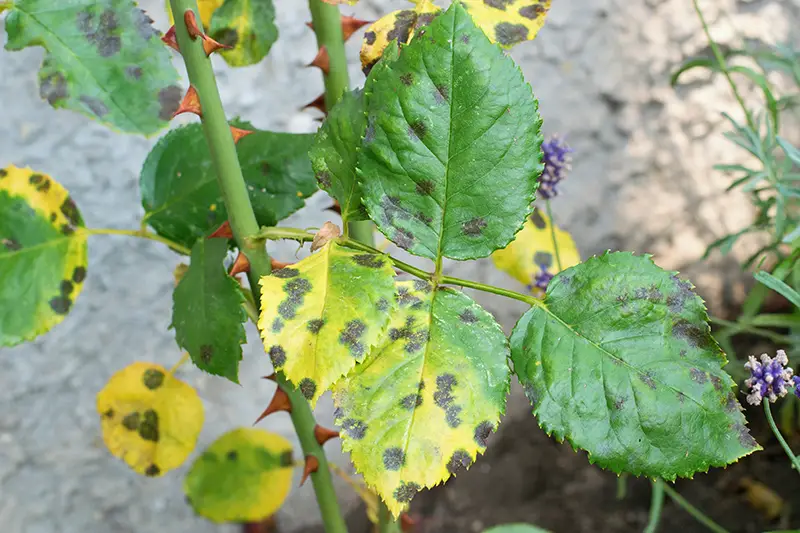
Powdery Mildew
Powdery mildew attacks a variety of plants. Unlike many fungal plant diseases, powdery mildew does not require free water to develop or spread. Prime conditions for powdery mildew are high humidity, poor air circulation, and low soil moisture.
Signs and symptoms of powdery mildew include a powdery fungus growth on leaves (usually starting on the upside and then spreading), new shoots, stems, and other plant parts. Typically, powdery mildew is white. Infected plants may turn yellow and, if left untreated, eventually turn brown with leaves dying off.

Rust
There are over 5,000 species of rust, and it affects a wide range of plants. This fungal disease typically grows on roses, daylilies, snapdragons, hollyhocks, tomatoes, beans, and lawns. Rust is commonly found on mature plants and is easiest to identify because it looks like rust.
Controlling rust can be a challenge once it forms, but the upside is that each type is specific to one plant. Because of this, it won’t spread across your entire garden.

Botrytis Blight
Botrytis blight, also known as gray mold, is found on a wide range of plants. It is an airborne disease that tends to attack during damp and chilly days in fall and spring. Prime conditions for botrytis blight are overcrowding, poor air circulation, and high humidity.
Signs and symptoms include soft, mushy spots that are grayish on stems, leaves, flowers, and produce. You may find those areas become coated in gray fungus spores, particularly in high humidity. Botrytis blight causes plants and fruits to wilt and rot, sometimes developing black sclerotia under the rotted parts.
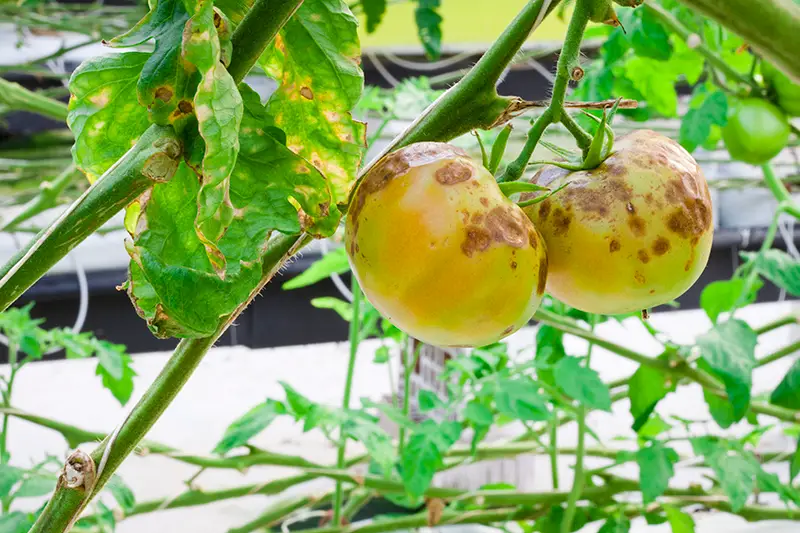
Downy Mildew
Downy mildew affects many types of plants and has different strains, which cause reactions that differ between plant types. Prime conditions for downy mildew are cool, moist weather, which is common in spring and late fall. It attacks plant parts growing above ground, and it is more common on young, unhealthy, and stressed plants.
Signs and symptoms of downy mildew include yellow to white patches on leaves and stems and a grayish cotton-like fungus on the undersides. It can also prevent some plants from flowering. Over time, it causes leaves to crisp, brown, and fall.
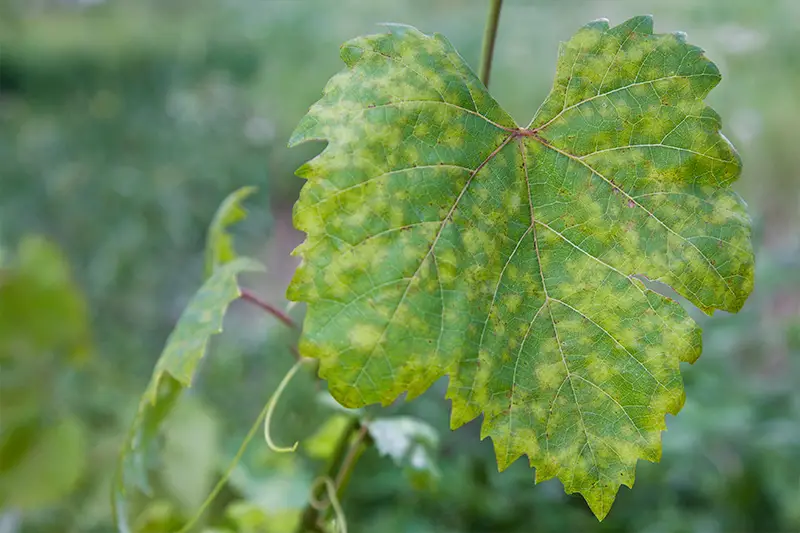
Clubroot
Clubroot commonly affects brassica crops, including cauliflower, cabbage, broccoli, turnips, brussels sprouts, and swede. Susceptible plants get infected through root hairs. Conditions for clubroot are prime in mid-summer and late autumn when the soil is warm and moist.
Signs and symptoms of clubroot are swollen, cracking, and distorted roots, stunted growth, and wilting purplish foliage. It causes affected plants to have difficulty absorbing water and nutrients. Clubroot reduces crop yields, often causing total crop failure.
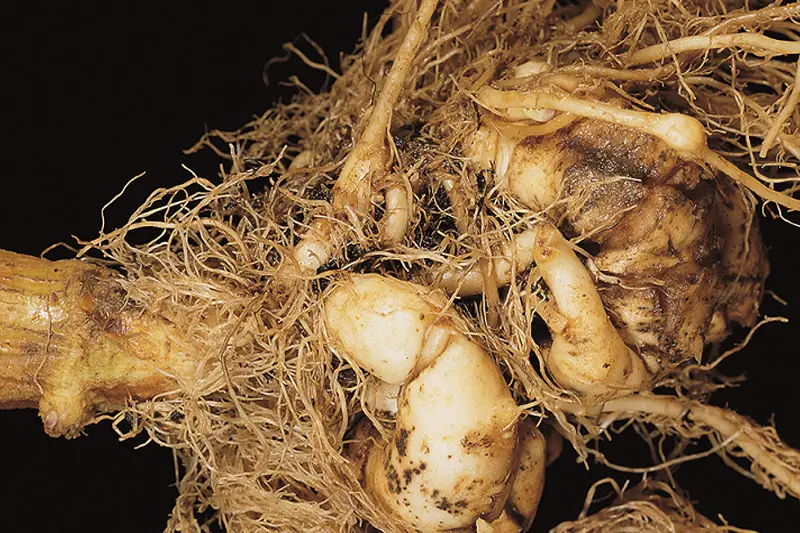
Wilt
Several types of wilt exist, including verticillium, peony, phytophthora root rot, and clematis. Wilt affects a wide variety of vegetables and plants. It infects plants through the roots and water-conducting tissues.
Wilt is easily recognizable by wilting leaves that may become yellow or brown. It can kill roots and clog up the vessels inside plants, preventing water from moving.
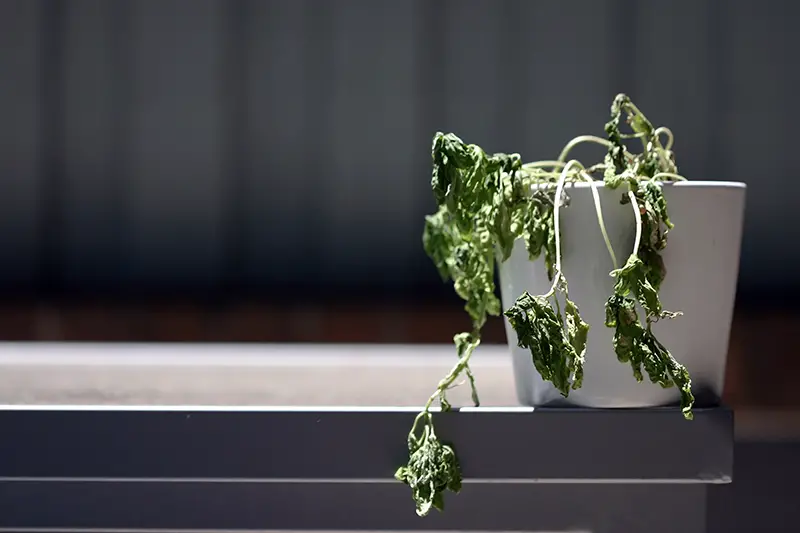
Anthracnose
Anthracnose is a common disease and affects many varieties of plants and vegetables. Prime conditions for anthracnose to develop are in cool and wet weather. Temperatures between 75-85˚F provide the optimum environment for the continued growth of spores. This disease spreads through rain, wind, insects, and infected garden tools.
Signs and symptoms of anthracnose include small sunken spots on pods and fruit that have pinkish-colored sores in the center. Dark, water-soaked lesions can develop on leaves, stems, and fruit.
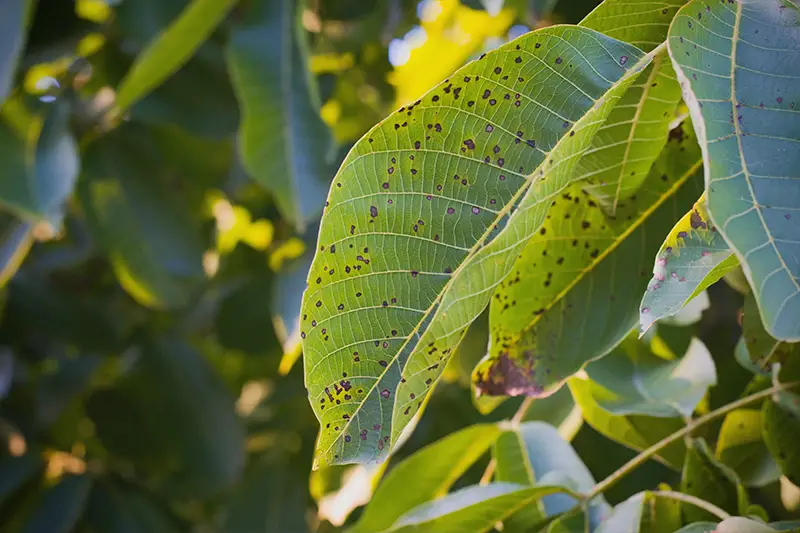
Plant Virus
There are many types of plant viruses, and they can affect a wide variety of plants. Most are specific to the particular plant or group of plants they infect. Plant viruses have a significant negative impact but rarely kill the plant. They are transmitted through seeds, infected tools, and by sap-sucking insects.
Plant viruses differ in how they affect susceptible plants. The main signs and symptoms include distortions in leaves, stems, flowers, and shoots. Furthermore, discoloration, loss of vigor, and reduced yield are noticeable.
The information in the article will help you spot plant fungal diseases in your garden. As soon as you see signs of infection, it’s a good idea to remove infected plants, flowers, or produce carefully.
That way, you will prevent them from spreading the disease to other plants. Because there are so many types of plant fungal diseases, effective treatments will vary. You can avoid or discourage some by replacing soil with enriched compost or using liquid plant food. For others, you will need to treat the affected plants with a fungicidal spray or solution.

